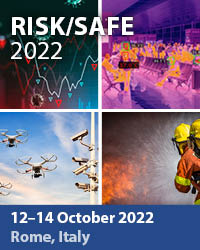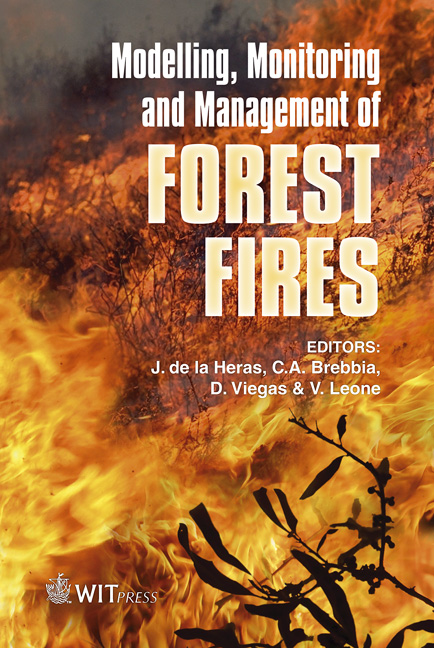On Integration Of A Fire Assimilation System And A Chemical Transport Model For Near-realtime Monitoring Of The Impact Of Wild-land Fires On Atmospheric Composition And Air Quality
Price
Free (open access)
Transaction
Volume
119
Pages
9
Page Range
343 - 351
Published
2008
Size
1,230 kb
Paper DOI
10.2495/FIVA080341
Copyright
WIT Press
Author(s)
M. Sofiev, R. Vankevich, M. Lanne, J. Koskinen & J. Kukkonen
Abstract
The paper presents two versions of the Fire Assimilation System (FAS) jointly developed by the Finnish Meteorological Institute and Russian State Hydrometeorological University. The system versions are based on (partly) independent satellite products from the MODIS instrument: Temperature Anomalies (TA) of the Rapid Response systems (hot-spot counts) and the Fire Radiative Power (FRP). The observed quantities – the pixel absolute temperature and radiative emissivity – are converted to emission fluxes via empirical emission factors. The products are available in near-real time and thus are utilized for the operational evaluation and forecasting of the atmospheric composition over Europe. Both versions of FAS are integrated with the Air Quality and Emergency Modelling System SILAM, which uses the estimated emissions for the atmospheric composition simulations merging them with the anthropogenic and natural emission fluxes. Using the SILAM simulations of selected episodes and MODIS aerosol optical density observations for comparison, the recalibration of the literature-available emission factors has been done. The results of the operational air quality forecasts with the integrated system are available from http://silam.fmi.fi. Comparison of the TA- and FRP- based emission estimates and the corresponding patterns of the fire-induced pollution showed both similarities and differences originating from the physical background of these products. Namely, the TA-based emission stresses the large agglomeration of (possibly, small) fires, while the FRP system tends to highlight powerful individual fires. Keywords: Fire Assimilation System, wild-land fires, dispersion modelling, air quality.
Keywords
Fire Assimilation System, wild-land fires, dispersion modelling, air quality.





